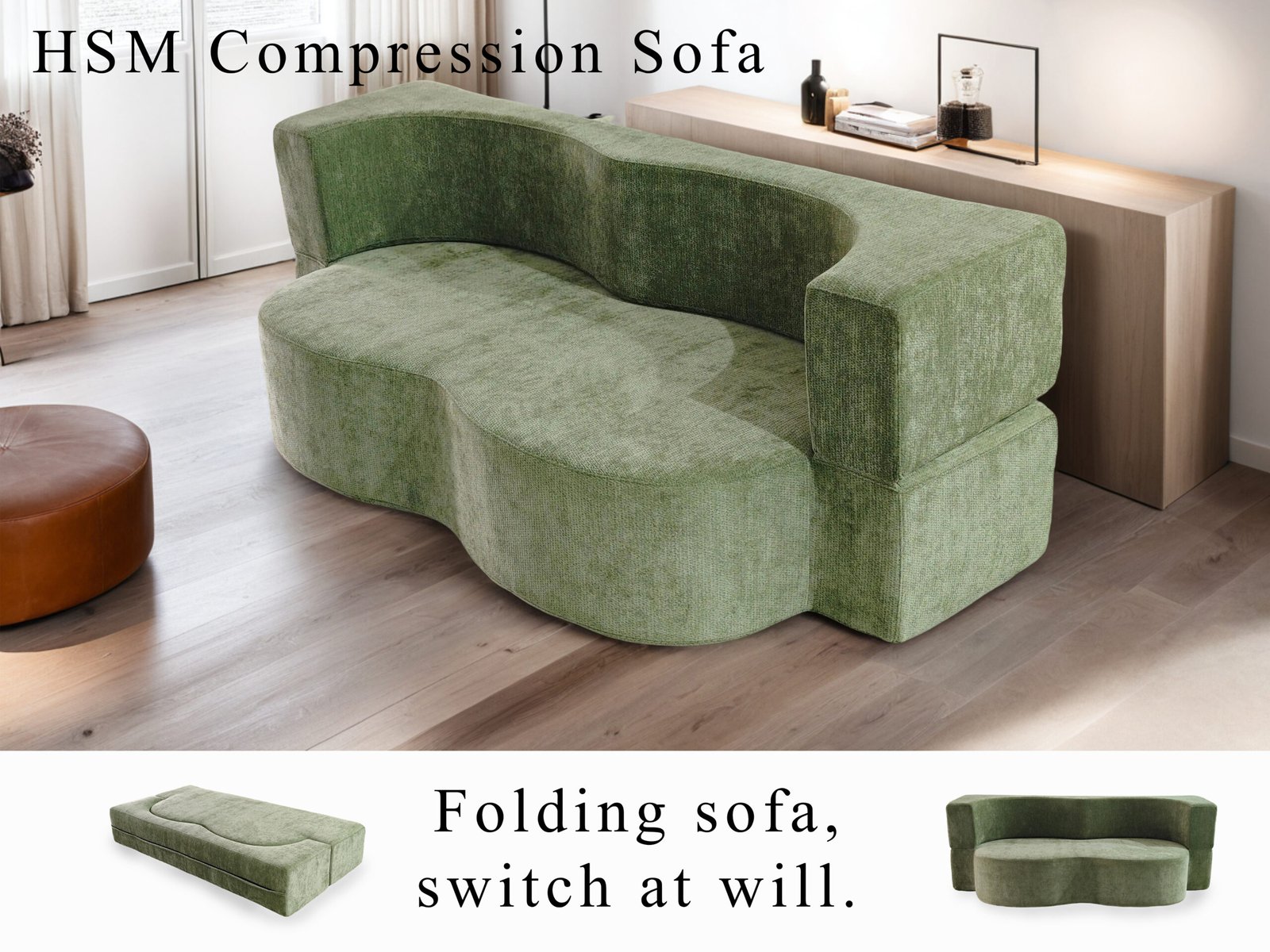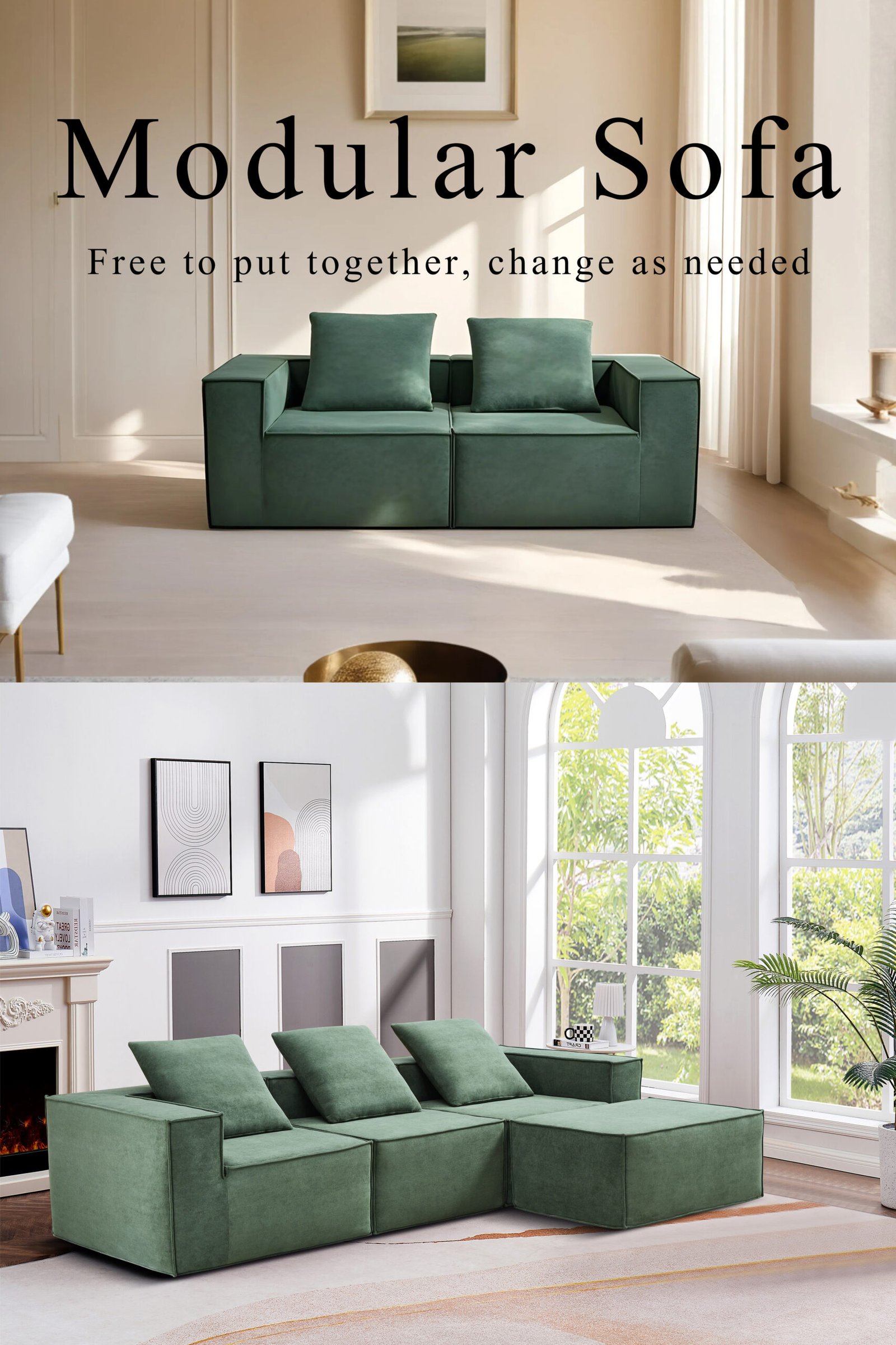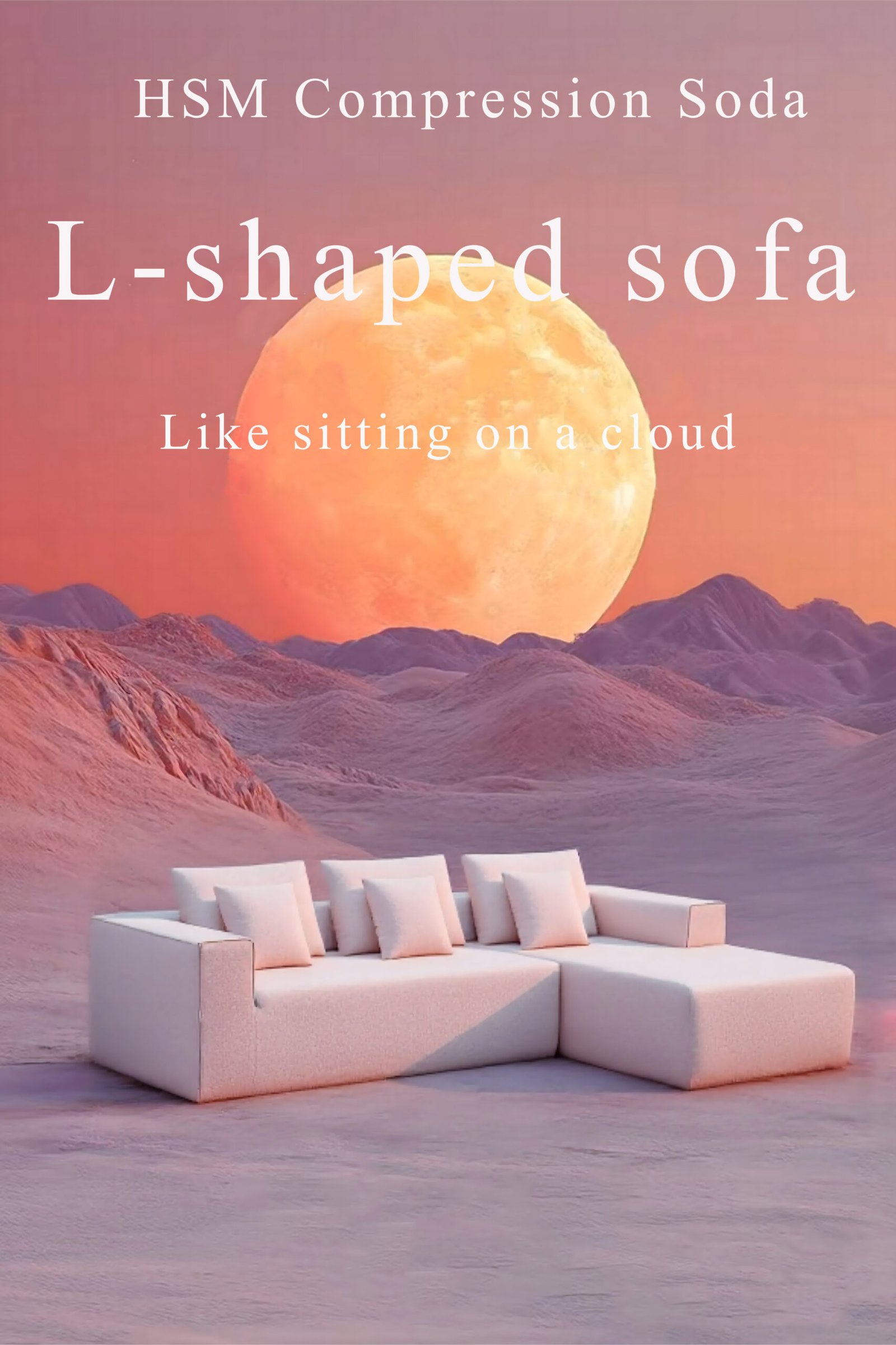
When compressed sofas go from digital render to reality, every millimeter counts—and 3D design makes that precision possible.
3D design technology allows sofa manufacturers to visualize, prototype, and optimize compressed sofa structures before a single material is cut.
From material selection to layout simulation, 3D modeling is at the heart of modern compressed sofa production.
Let’s break down how.
Why is 3D design so important in sofa manufacturing?

Compressed sofas are different from traditional sofas. They need to be shipped flat, expand after unpacking, and still offer comfort and support.
That means the design has to balance function, compression, durability, and aesthetic—all at once.
3D design helps us achieve that balance in three major ways:
Precision:
We model each joint, curve, and compression point digitally—ensuring every component fits perfectly after decompression.
Speed:
We can test, iterate, and fix design issues before building any physical samples.
Cost-savings:
Fewer prototypes, less waste, and optimized packaging all start with a solid 3D model.
Without 3D modeling, producing compressed sofas at scale would be inefficient and error-prone.
How does 3D design help with material selection?
Sofas aren’t just about looks—they’re about feel and performance.
Different foam types, fabrics, and frame materials behave differently during compression and decompression.
Using 3D simulation tools, we can:
- Test foam recovery behavior virtually
- Analyze how joints react under tension
- Simulate pressure distribution on seating surfaces
- Preview how different fabrics drape over the frame
This saves us weeks of physical testing.
We also simulate wear and tear—ensuring materials chosen will last through years of sitting, compressing, and expanding.
Can 3D design simulate compressed packaging?
Yes. And that’s where it really shines.

Using CAD and physics-based modeling tools, we simulate:
- The exact folded or rolled state of the sofa
- Required compression force for vacuum sealing
- Package dimensions for container optimization
- Decompression behavior over time
With this data, we can design sofas that:
- Fit into smaller boxes
- Expand properly at the customer’s home
- Reduce transport costs and carbon emissions
This is key for global shipping and e-commerce.
What about prototyping? Does it reduce cost?
Absolutely.
Virtual prototyping means we build the entire sofa digitally—testing function and aesthetics before creating a physical sample.
For example, we can:
- Rotate joints to check folding mechanics
- Visualize cushion bounce under simulated body weight
- Confirm that decompression won’t distort the shape
- Create exploded views for packaging guides
This lets us catch and fix flaws early—saving time and money.
We typically reduce sample rounds from 3–4 to just 1–2 using this approach.
Does it help with customization too?
Yes, especially in modular compressed sofas.
With 3D parametric models, we can:
- Adjust seat depth, height, or armrest style on the fly
- Show customers color and layout variations in real time
- Match sofa modules to different room dimensions
- Offer a digital configurator online
This level of flexibility is only possible because the product is fully modeled in 3D from the start.
Example: Modular Configurator
We built a 3D tool where clients can drag and drop corner modules, chaise sections, and ottomans—generating a full model + packaging plan instantly.
That’s the power of digital-first design.
How does it integrate with production?
Once finalized, 3D designs aren’t just for visualizing—they feed directly into production software.
This includes:
- CNC frame cutting
- Foam die-cutting machines
- Fabric pattern nesting
- Compression testing jigs
- Assembly instructions with exploded views
With 3D data, our factories can automate more, reduce labor variation, and scale faster.
The design becomes the blueprint for everything—from raw material prep to final box labeling.
What’s the environmental impact?
A huge improvement.
Because 3D design reduces physical prototypes, we:
- Use less raw material during R&D
- Avoid shipping heavy samples internationally
- Optimize packaging for fewer freight containers
- Reduce errors that lead to waste in production
Plus, we can model the carbon footprint of different design/material options before committing.
Sustainable design decisions start with better simulations.
What’s next for 3D design in compressed sofas?
We’re already testing:
- Real-time cloud design tools for customer collaboration
- AR/VR walkthroughs to preview sofas in-room
- AI-powered material suggestions based on compression data
- Digital twins of each sofa for tracking quality post-sale
In the future, compressed sofa manufacturing will begin and end with a digital model.
Conclusion
3D design isn’t just a helpful tool—it’s the backbone of modern compressed sofa production.
From prototyping to packaging simulation, every design we release starts as a virtual model, optimized for performance, comfort, and delivery.
Without 3D, we’d be slower, less efficient, and far less innovative.